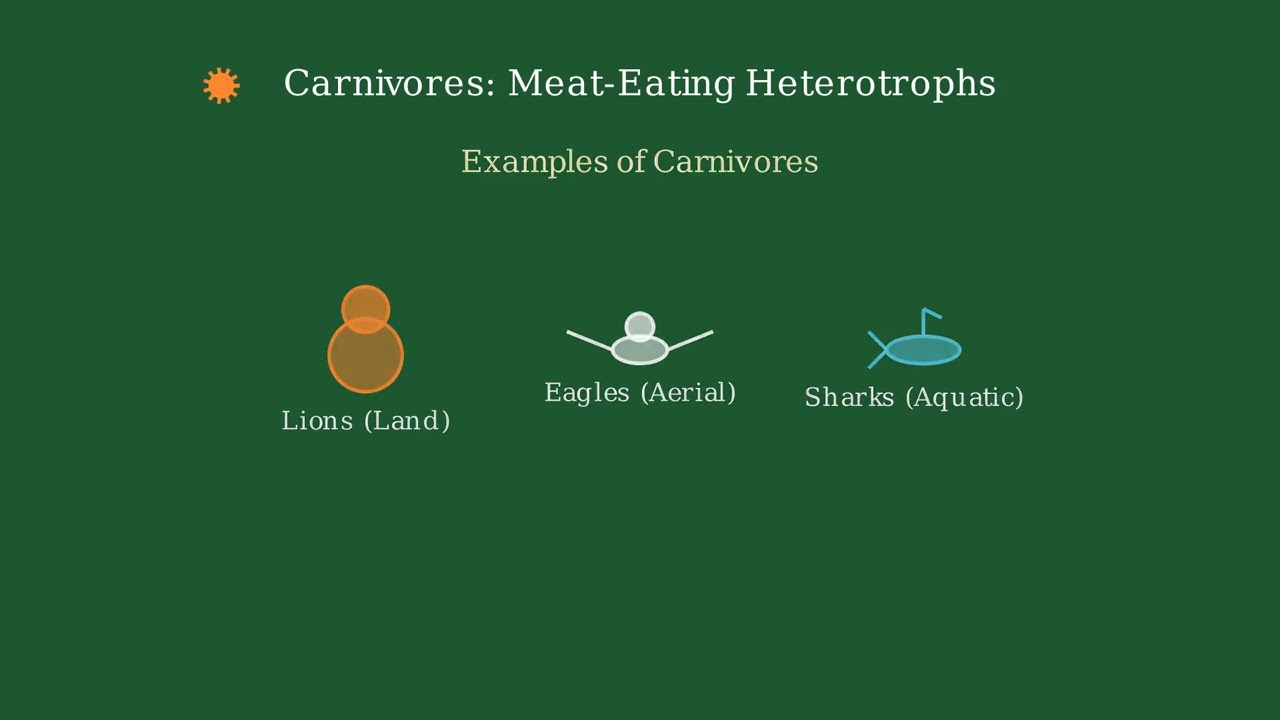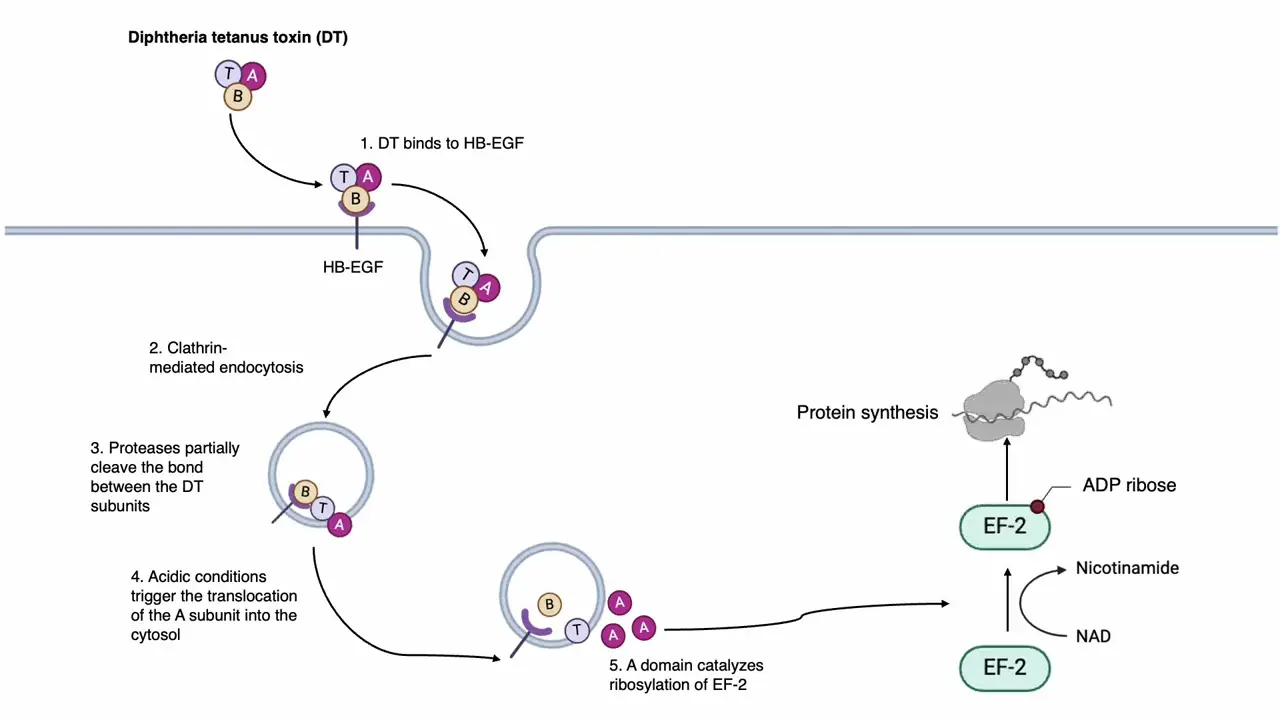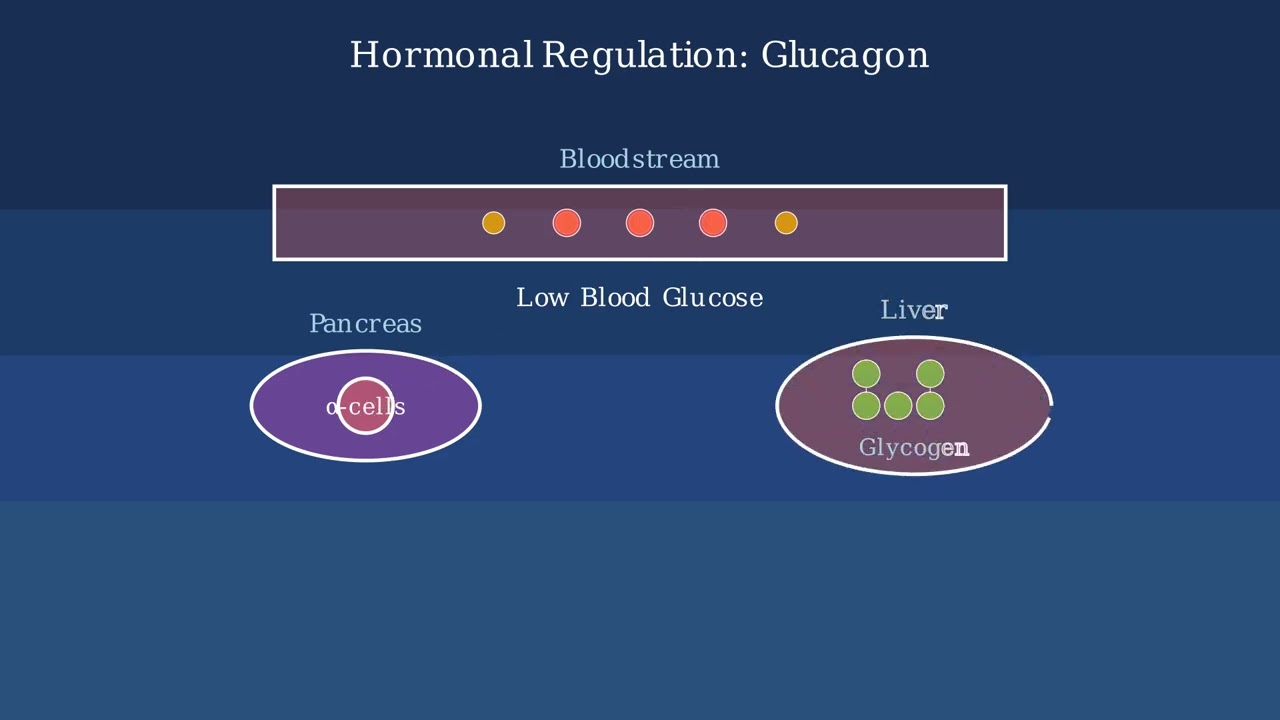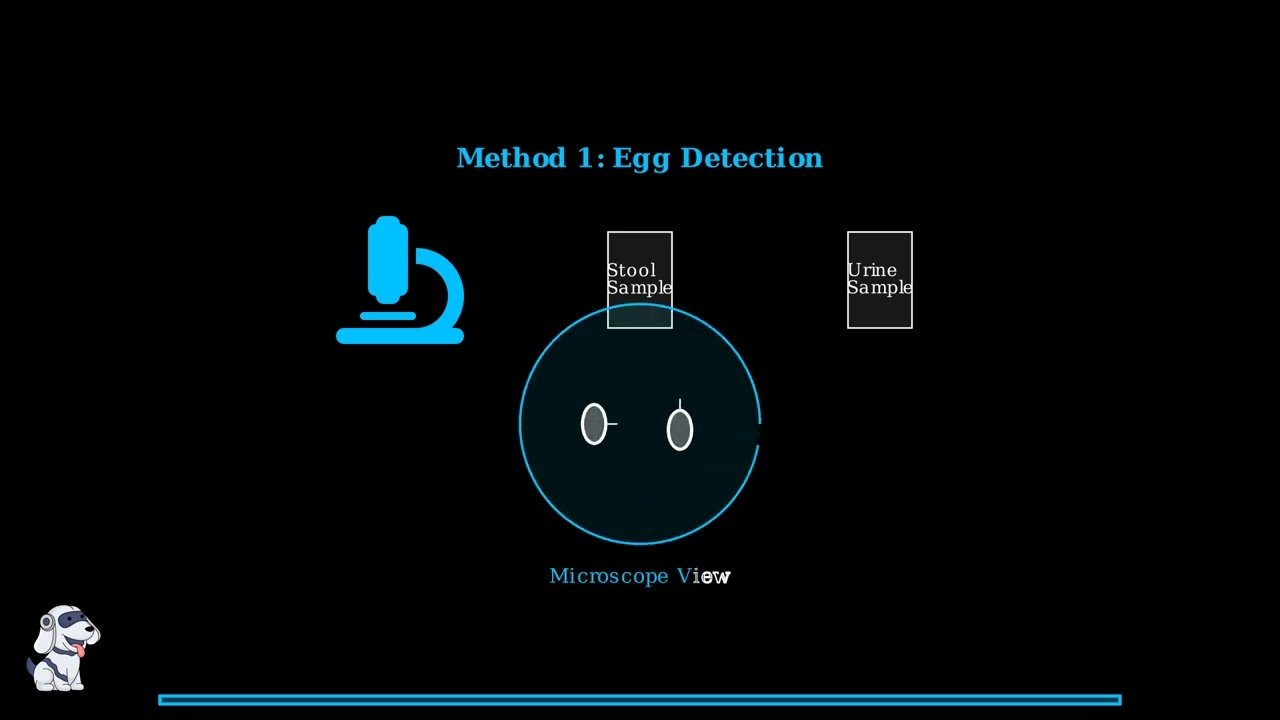Sourav Pan
Transcript
Hey everyone! Today, we’re diving into Fascioliasis. Let’s break this down in a simple, friendly way.
Simply put, fascioliasis is a parasitic infection that mainly affects the liver and bile ducts. Think of these as the liver’s highway system for moving bile.
It’s caused by liver flukes, specifically Fasciola hepatica and Fasciola gigantica. Think of these as tiny unwanted guests causing trouble in your liver.
Fascioliasis is also a zoonotic disease, meaning it can jump from animals to humans. Animals like cattle and sheep can pass this infection to people.
The World Health Organization classifies fascioliasis as a neglected tropical disease, or NTD. This means it’s something we really need to pay attention to and address in global health efforts.
So to recap: fascioliasis is a liver infection caused by parasitic flukes that can spread from animals to humans, and it’s recognized as an important global health concern.
Now that we know what fascioliasis is, let’s meet the culprits responsible for this disease. We’re dealing with two main troublemakers that cause all the problems.
The main culprits are two types of trematodes, which are a type of flatworm. These parasitic worms are specially adapted to live inside their hosts and cause the liver problems we see in fascioliasis.
There are two main species we need to know about. First is Fasciola hepatica, also known as the common liver fluke or sheep liver fluke. Second is Fasciola gigantica, which is larger and sometimes called the giant liver fluke.
Now here’s where it gets interesting – these two species have very different preferences for where they live. Fasciola hepatica is found almost everywhere in the world except Antarctica. It’s truly a global troublemaker.
Fasciola gigantica, on the other hand, prefers the warmer climates. You’ll mainly find it in tropical regions of Africa and Asia, where the conditions are just right for this larger species to thrive.
Knowing your enemy is the first step in fighting it! Understanding which species you’re dealing with and where they’re found helps doctors and public health officials develop better strategies for prevention and treatment.
Now that we know what causes fascioliasis, what do these liver flukes actually look like? The morphology, or physical structure, of Fasciola species is quite distinctive and important for identification.
The most striking feature of adult Fasciola flukes is their distinctive leaf-like shape. Unlike many microscopic parasites, these flukes are actually large enough to be seen with the naked eye, making them quite remarkable among parasitic organisms.
There are two main species of Fasciola that cause disease in humans. Let me show you both species side by side so you can see their distinctive leaf-like morphology.
Fasciola hepatica, the common liver fluke, measures about 20 to 30 millimeters in length and 13 millimeters in width. Fasciola gigantica, as its name suggests, is larger, measuring 25 to 75 millimeters long and 12 millimeters wide.
To help you visualize their size, imagine a standard paperclip, which is about 30 millimeters long. Fasciola hepatica is roughly the same size as a paperclip, while Fasciola gigantica can be more than twice as long!
The key takeaway about Fasciola morphology is that these are surprisingly large parasites. Their distinctive leaf shape and visible size make them quite different from many other parasitic organisms. Remember, Fasciola gigantica can be up to two and a half times longer than Fasciola hepatica, living up to its name as the giant liver fluke.
Now let’s explore where Fasciola fits in the scientific classification system. Understanding its place in the biological world helps us understand its characteristics and behavior.
At the top level, Fasciola belongs to Kingdom Animalia. This means it’s part of the animal kingdom – multicellular organisms that can move and respond to their environment.
Moving down the hierarchy, Fasciola belongs to Phylum Platyhelminthes, commonly known as flatworms. These are simple organisms with flattened bodies and no body cavity or circulatory system.
Within the flatworms, Fasciola belongs to Class Trematoda, which includes all the flukes. These are parasitic flatworms with complex life cycles involving multiple hosts.
Finally, at the genus level, we have Fasciola. This genus specifically includes the liver flukes that infect the liver and bile ducts of their hosts, including humans and livestock.
This classification system helps scientists understand how Fasciola relates to other organisms and provides insights into its biology, behavior, and the diseases it causes.
Epidemiology helps us understand where diseases occur and who they affect. For fascioliasis, the picture is quite concerning – this parasitic infection has a truly global reach.
Fascioliasis is found in over seventy countries worldwide. This makes it one of the most widely distributed parasitic infections affecting humans.
The disease is especially common in areas where sheep and cattle are raised. This connection to livestock farming is crucial for understanding the disease’s distribution.
The numbers are staggering. An estimated 2.4 to 17 million people are currently infected worldwide. The wide range reflects the difficulty in getting accurate counts, especially in remote areas.
Beyond those already infected, millions more people are at risk of contracting fascioliasis due to their living conditions and dietary habits.
Four major regions stand out as endemic areas where fascioliasis is particularly common. These include the Andes region of South America, Northern Africa, Iran, and Western Europe.
Unfortunately, the situation is getting worse. Reported cases of fascioliasis have increased significantly since 1980, showing this is a growing public health concern.
Two major factors are driving this increase. Climate change is creating warmer conditions that allow the disease to spread to new areas. Meanwhile, agricultural expansion is bringing more people into contact with infected environments.
The epidemiology of fascioliasis reveals a global health challenge that’s expanding. Understanding where and why this disease spreads helps us prepare better prevention and control strategies.
How exactly does fascioliasis spread to humans? Understanding the transmission routes is crucial for prevention. There are several ways this parasitic infection can reach us.
The most common way humans get infected is by eating raw watercress or other freshwater plants that are contaminated with metacercariae. These are larval cysts that stick to the plant surfaces.
There are also secondary routes of transmission. People can get infected by drinking contaminated water directly, or by eating vegetables that have been washed with contaminated water.
There’s also a rare route of transmission. In some cases, people can get infected by eating undercooked sheep or goat liver that contains immature flukes. This is very uncommon but has been reported.
The transmission cycle involves three main components: humans and livestock as definitive hosts, freshwater snails as intermediate hosts, and aquatic plants as carriers of the infectious stage.
The key takeaway for preventing fascioliasis transmission is simple: avoid eating raw watercress and other freshwater plants from potentially contaminated areas, and always wash your vegetables with clean, safe water.
Understanding fascioliasis requires knowing who’s involved in this parasitic infection. There’s actually a complex network of different hosts and carriers that keep this disease circulating in nature.
In fascioliasis, we need to distinguish between accidental hosts and primary hosts. This distinction helps us understand how the parasite naturally circulates and how humans become infected.
Humans are accidental hosts in this scenario. This means we’re not the parasite’s intended target. When humans get infected, it’s essentially a case of being in the wrong place at the wrong time.
The primary hosts are domestic and wild ruminants like sheep, cattle, and goats. These animals are the parasite’s natural definitive hosts, meaning the parasites can complete their entire life cycle within these animals.
Other herbivorous mammals can also serve as hosts for Fasciola parasites. This includes wild animals like deer, rabbits, and various other mammalian herbivores. This broad host range helps explain why the parasite is so widespread in nature.
Interestingly, black rats, scientifically known as Rattus rattus, play a special role in fascioliasis. These rats can act as reservoirs for the parasite and are particularly important in helping spread the disease geographically as they travel and migrate.
This creates a complex web of hosts and carriers. The parasite can circulate between domestic animals, wild animals, and occasionally humans. This interconnected network of reservoirs makes fascioliasis a persistent challenge in areas where these different host species coexist.
Understanding this host-reservoir relationship is crucial for controlling fascioliasis, as it shows why the disease persists in nature and how it can spread to new areas through animal movement and human activities.
The life cycle and pathogenesis of Fasciola involves a complex journey through the human body. Let’s follow the parasite’s path and understand how it causes disease.
Stage one: After ingestion, immature flukes penetrate the intestinal wall. This is where the infection begins, as the tiny parasites break through the protective barrier of our digestive system.
Stage two: The flukes migrate through the peritoneal cavity and penetrate the liver capsule. This migration causes significant tissue damage and triggers an inflammatory response in the liver.
Stage three: The flukes travel through liver tissue, causing extensive damage as they move. This migration phase is particularly destructive, creating inflammation and tissue necrosis throughout the liver parenchyma.
Stage four: Finally, the flukes reach their destination – the bile ducts. Here they mature over three to four months, growing into adult parasites capable of reproduction.
Stage five: Adult flukes begin laying eggs in the bile ducts. These eggs travel through the digestive system and are eventually excreted in the stool, completing the cycle and potentially infecting new hosts.
The pathogenesis involves significant tissue damage throughout this journey. Chronic infection leads to bile duct inflammation, obstruction, gallbladder complications, and liver fibrosis – creating long-term health problems for the patient.
Not everyone infected with Fasciola shows symptoms. Many people can have what we call a silent infection, where the parasite is present but the person feels completely normal.
However, when symptoms do appear, they follow a predictable pattern. Medical experts divide fascioliasis symptoms into two distinct phases: the acute phase and the chronic phase.
The symptoms develop over time following a timeline. After initial infection, the acute phase begins within weeks to months, followed by the chronic phase that can last for months or even years.
Understanding these two phases is crucial because they present very different symptoms. The acute phase involves the parasite’s migration through the body, while the chronic phase occurs when the parasite settles in the bile ducts.
The acute phase typically has sudden onset with symptoms related to the parasite’s migration through body tissues. This includes fever, abdominal pain, and liver enlargement as the young flukes move toward the bile ducts.
The chronic phase develops more gradually and involves problems with the bile ducts where adult flukes have settled. This leads to digestive issues and can cause long-term liver damage if left untreated.
Recognizing these symptoms early is absolutely crucial. Early diagnosis and treatment can prevent the progression from acute to chronic phase and avoid serious complications like bile duct damage and liver scarring.
In the following sections, we’ll examine each phase in detail, looking at specific symptoms to watch for and understanding how they develop as the infection progresses through the body.
The acute phase of fascioliasis occurs during the early stage of infection, typically within the first few weeks to months after the parasites enter your body. During this time, your immune system recognizes the invaders and launches a strong response.
The most common symptom is abdominal pain, particularly in the upper right area where your liver is located. You may also notice that your liver becomes enlarged, a condition called hepatomegaly.
Fever is another common symptom, as your body tries to fight off the infection. You’ll likely feel malaise, which is a general sense of discomfort and feeling unwell, like you’re coming down with the flu.
Digestive symptoms include nausea and vomiting, making it difficult to keep food down. Your skin may develop urticaria, which are raised, itchy bumps commonly known as hives.
Blood tests would show eosinophilia, which means you have an unusually high count of eosinophils, a type of white blood cell that responds to parasitic infections. Children may also develop anemia, meaning they don’t have enough healthy red blood cells.
Think of it this way: it’s like your body is sounding all the alarms at once! Your immune system is working overtime to fight off these unwelcome parasites, which is why you experience this combination of symptoms all together.
To summarize, the acute phase symptoms include abdominal pain, enlarged liver, fever, general discomfort, nausea and vomiting, hives, high white blood cell count, and anemia in children. Recognizing these symptoms early is important for getting proper medical attention.
As fascioliasis progresses into its chronic phase, the long-term presence of adult flukes in the bile ducts creates persistent inflammation and damage. This leads to a range of serious complications that can significantly impact a patient’s health.
The first major symptom of chronic fascioliasis is intermittent abdominal pain. Unlike the constant pain of the acute phase, this pain comes and goes, often triggered by eating or stress. Patients describe it as a dull ache in the upper right abdomen where the liver is located.
Chronic inflammation leads to cholelithiasis, or gallstone formation. The persistent irritation from flukes disrupts normal bile flow and composition, causing cholesterol and other substances to crystallize into hard stones within the gallbladder.
The bile ducts themselves become inflamed in a condition called cholangitis. The adult flukes living in these ducts cause chronic irritation, leading to swelling, scarring, and narrowing of the bile passages.
When bile ducts become severely narrowed or blocked, obstructive jaundice develops. Bile cannot flow properly, causing bilirubin to build up in the blood and tissues, leading to the characteristic yellowing of the skin and eyes.
Inflammation can spread to the pancreas, causing pancreatitis. This occurs when blocked bile ducts affect the pancreatic duct, leading to digestive enzyme backup and pancreatic tissue damage.
In the most severe cases, chronic fascioliasis can progress to life-threatening complications. These include sclerosing cholangitis, where bile ducts become severely scarred and narrowed, and biliary cirrhosis, where liver tissue is replaced by scar tissue.
These chronic symptoms develop gradually over months to years and represent serious, long-term complications of untreated fascioliasis. Early detection and treatment are crucial to prevent progression to these severe stages.
There’s a unique and less common manifestation of fascioliasis called Halzoun, which specifically affects the throat and pharynx area.
Halzoun specifically affects the pharynx, which is the part of the throat behind the mouth and nasal cavity. This creates a localized infection in this critical area.
The primary symptom of Halzoun is dysphagia, which means difficulty swallowing. Patients experience pain and discomfort when trying to swallow food or liquids.
Halzoun occurs when people consume raw or undercooked liver from infected animals. The immature flukes can attach directly to the pharyngeal tissues, causing immediate local inflammation and swallowing difficulties.
This condition is particularly reported in the Middle East, where consuming raw or undercooked liver is more common in certain cultural and culinary practices.
Although Halzoun is less common than other forms of fascioliasis, it’s clinically important because it can cause immediate and severe symptoms. Healthcare providers in endemic areas need to be aware of this condition, especially when patients present with sudden throat pain and swallowing difficulties after consuming raw liver.
The key takeaway is that Halzoun demonstrates how fascioliasis can manifest in unexpected ways, affecting areas beyond the typical liver and bile duct involvement we usually see with this parasitic infection.
Sometimes, Fasciola flukes don’t stay where they’re supposed to be. Instead of remaining in the liver and bile ducts, they can migrate to other organs in what we call ectopic infection.
Under normal circumstances, Fasciola flukes migrate to and mature in the liver and bile ducts. This is their intended destination after entering the human body.
Here we see a fluke in its normal location within the liver tissue, where it typically causes the expected symptoms of fascioliasis.
However, sometimes these flukes go off course. Instead of staying in the liver, they migrate to completely different organs, causing what we call ectopic infection.
The three most common sites for ectopic infection are the brain, lungs, and intestinal wall. Each of these locations presents unique challenges and symptoms.
These arrows show the unexpected migration paths that flukes can take. Instead of staying put in the liver, they travel through the body to reach these distant organs.
When flukes reach these ectopic locations, they cause significant problems. Let’s examine what happens in each affected organ.
In the brain, ectopic flukes can cause serious neurological symptoms including seizures and severe headaches. The brain tissue becomes inflamed as the body tries to fight the foreign parasite.
When flukes reach the lungs, patients experience respiratory problems, persistent coughing, and chest pain. The lung tissue becomes damaged and inflamed around the parasite.
Intestinal ectopic infection causes severe abdominal pain, digestive problems, and can even lead to intestinal bleeding as the flukes damage the intestinal wall.
The key point to remember is that ectopic infection represents flukes taking an unexpected detour from their normal path. This creates localized inflammation and tissue damage wherever they end up.
Think of ectopic infection like a tourist getting lost and ending up in the wrong city. Just like a lost tourist might cause confusion wherever they go, the fluke causes inflammation and tissue damage because it doesn’t belong in these organs.
When doctors suspect fascioliasis, they have several diagnostic tools at their disposal. Each method has its strengths and is used at different stages of the infection.
The first and most traditional method is microscopic identification. Doctors examine samples under a microscope to look for Fasciola eggs.
Three types of specimens can be examined: stool samples, duodenal aspirates, and bile specimens. Each provides a different window into detecting the parasite.
The second method uses serological tests, particularly ELISA. These tests detect antibodies that the immune system produces in response to Fasciola infection.
ELISA tests are particularly valuable because they can detect antibodies early in the infection, even before eggs appear in stool samples. This makes them excellent for early diagnosis.
Modern laboratories also use advanced methods like antigen detection assays and PCR-based techniques. These molecular methods can provide highly specific and sensitive results.
The key takeaway is that serological diagnosis is preferred because it enables early detection. While microscopic identification remains important, antibody tests can catch the infection before it progresses, allowing for prompt treatment.
When doctors suspect fascioliasis, imaging techniques provide crucial visual evidence of the damage caused by liver flukes. These medical scans can reveal abnormalities in the liver and bile ducts that confirm the presence of infection.
CT scans provide detailed cross-sectional images of the liver. They can clearly show liver enlargement, tissue lesions, bile duct dilation, and areas of inflammation caused by migrating flukes.
MRI offers superior soft tissue contrast and excellent visualization of bile ducts. It can detect early liver changes without radiation exposure, making it particularly valuable for monitoring disease progression.
Ultrasound is the most accessible imaging technique. It provides real-time assessment of the liver, shows gallbladder changes, and serves as a cost-effective screening tool, especially in resource-limited settings.
These imaging techniques help doctors identify specific abnormalities that indicate fascioliasis infection.
Imaging reveals several key abnormalities in fascioliasis. Doctors look for liver enlargement, bile duct dilation and thickening, inflammatory lesions, gallbladder changes, and sometimes fluid collections or abscesses.
Imaging techniques provide essential visual confirmation of the damage caused by liver flukes. They not only help establish the diagnosis but also allow doctors to monitor how well treatment is working and track the healing process.
When someone is diagnosed with fascioliasis, effective treatment is available to eliminate the liver flukes from the body. The approach focuses on specific antiparasitic medications that target these parasites.
The primary and most effective treatment for fascioliasis is triclabendazole. This antiparasitic drug specifically targets liver flukes and is highly effective against both Fasciola hepatica and Fasciola gigantica.
The standard recommended dose is 10 milligrams per kilogram of body weight, given as a single administration. This means the exact dose depends on the patient’s weight, making it a personalized treatment approach.
In cases where the initial treatment fails to completely eliminate the parasites, a double dose of 20 milligrams per kilogram may be administered. This approach helps ensure complete parasite clearance in resistant cases.
An alternative treatment option is nitazoxanide. This medication can be used in some cases, particularly when triclabendazole is not available or when patients cannot tolerate the primary treatment.
However, there is a growing concern in the medical community. Treatment failures with triclabendazole are increasingly being reported worldwide. This suggests the development of drug resistance in some Fasciola populations.
This emerging resistance poses challenges for future treatment strategies and highlights the need for continued research into new therapeutic options and alternative treatment approaches.
To summarize the treatment approach for fascioliasis: triclabendazole remains the first-line treatment with proven effectiveness. While drug resistance is an emerging concern, current treatments are still highly effective when properly administered. Early diagnosis and appropriate treatment lead to excellent outcomes for most patients.
Prevention and control of fascioliasis involves both personal protective measures and larger community-based strategies. Understanding how to stop the spread is crucial for protecting yourself and others from this parasitic infection.
The first line of defense is personal prevention. The most important step is avoiding raw watercress and other freshwater plants that may be contaminated with parasite cysts.
Always wash vegetables thoroughly with safe, clean water before eating them. This simple step can remove parasite cysts that might be present on the surface of plants.
Using safe water for drinking, cooking, and washing is essential. Contaminated water sources can harbor the parasite cysts that cause infection.
Improving overall sanitation and water quality in communities helps reduce the risk of contamination and protects everyone from infection.
On a larger scale, controlling the intermediate hosts – freshwater snails – is crucial for breaking the parasite’s life cycle. Snails are where the parasite develops before infecting plants.
There are three main approaches to snail control. Physical control involves removing snail habitats, draining water bodies, or manually removing snails from water sources.
Chemical control uses molluscicides – chemicals that specifically target and kill snails. This method requires careful application to avoid harming other aquatic life.
Biological control introduces natural predators of snails, such as certain fish species, to naturally reduce snail populations in water bodies.
Remember these key prevention strategies: never eat raw watercress or other freshwater plants, always wash vegetables with safe water, support community snail control efforts, and understand that prevention protects both you and your community from fascioliasis.
Beyond basic prevention methods, there are several additional control measures that health authorities use to combat fascioliasis on a larger scale.
Livestock vaccination represents a promising but challenging approach. By vaccinating sheep, cattle, and other livestock, we could potentially reduce the parasite reservoir that leads to human infection.
However, there is currently no licensed vaccine available for fascioliasis. Research is ongoing, but developing an effective vaccine remains a significant challenge for scientists and veterinarians.
Mass drug administration involves treating entire populations in endemic areas with anti-parasitic medications, typically triclabendazole. This approach helps reduce the overall burden of infection in high-risk communities.
Public health education is crucial for long-term control. Teaching communities about how fascioliasis spreads, what foods to avoid, and proper hygiene practices empowers people to protect themselves and their families.
The key to effective fascioliasis control is using a multi-pronged approach. No single method is sufficient on its own. Combining snail control, livestock management, human treatment, and education creates a comprehensive strategy.
This integrated strategy addresses the parasite at multiple points in its life cycle and transmission pathway, making control efforts more effective and sustainable in the long term.
Recent developments in fascioliasis research reveal both challenges and promising advances. The landscape of this neglected tropical disease is rapidly evolving.
One of the most concerning trends is the geographic expansion of fascioliasis. Climate change and changing agricultural practices are creating new opportunities for the parasite to spread.
Rising temperatures and altered precipitation patterns create favorable conditions for snail intermediate hosts. Meanwhile, expanding agricultural areas bring livestock and humans into contact with contaminated water sources.
A major challenge facing treatment is the increasing resistance to triclabendazole, the primary drug used against fascioliasis. This resistance threatens our ability to effectively treat infections.
This resistance necessitates urgent research into new drugs and alternative treatment strategies. Scientists are exploring novel compounds and combination therapies to overcome this challenge.
On the positive side, significant advances are being made in diagnostics and prevention. Improved serological and molecular diagnostic methods are being developed to enable earlier and more accurate detection.
Vaccine development for livestock is another promising area. Researchers are working to create effective vaccines that could reduce the parasite reservoir in animals, breaking the transmission cycle.
The future of fascioliasis control lies in integrated approaches. Combining snail control, livestock vaccination, human treatment, and public health education creates a comprehensive strategy for disease management.
This integrated approach represents the most promising path forward. By addressing multiple aspects of the parasite’s life cycle simultaneously, we can more effectively control fascioliasis and reduce its impact on both human and animal health.
Fascioliasis creates a massive economic burden on the livestock industry worldwide. When animals become infected, their productivity drops significantly, leading to substantial financial losses for farmers and the agricultural sector.
The economic impact manifests in multiple ways. Infected animals show reduced milk production, significant weight loss, and fertility problems. These productivity losses translate into billions of dollars in annual losses globally for the livestock industry.
Beyond productivity losses, farmers face significant treatment and control costs. Medication, veterinary care, and prevention programs add substantial expenses. This economic burden affects rural communities, food security, and international trade markets.
The key economic message is clear: protecting livestock health directly supports economic stability. Investing in prevention programs is far more cost-effective than dealing with widespread infections and their devastating financial consequences.
Fascioliasis is increasingly being recognized as a significant public health problem worldwide. What was once considered primarily a veterinary concern is now understood to have serious implications for human health.
This recognition is particularly important in endemic regions where the disease poses the greatest threat. Areas like the Andean regions of South America, parts of Africa, Iran, and Western Europe face ongoing challenges from fascioliasis.
The public health challenges posed by fascioliasis are multifaceted. Healthcare systems must deal with diagnosis difficulties, treatment access, and the burden of chronic complications that can significantly impact quality of life.
To address these challenges, three key areas require urgent attention: increased awareness among healthcare providers and communities, enhanced surveillance systems to track disease spread, and expanded research to develop better diagnostic tools and treatments.
The public health importance of fascioliasis extends beyond individual patient care. It represents a broader challenge requiring coordinated efforts between healthcare systems, veterinary services, and environmental health programs to effectively control this neglected tropical disease.
Expert opinions and statistical data from leading health organizations reveal the true scope and impact of fascioliasis worldwide.
The World Health Organization provides conservative estimates, stating that at least 2.4 million people are currently infected with Fasciola parasites worldwide.
However, other research studies suggest the actual numbers could be much higher, with estimates reaching up to 17 million infected individuals globally.
The health impact is measured in disability-adjusted life years, or DALYs. Fascioliasis is responsible for over 90,000 DALYs due to abdominal complications and reduced quality of life.
The economic burden is staggering. The global livestock industry faces billions of dollars in losses each year due to fascioliasis, affecting productivity, treatment costs, and animal welfare.
These statistics paint a clear picture: fascioliasis is a significant global health and economic challenge that affects millions of people and costs billions of dollars annually.
So, what have we learned about fascioliasis? Let’s review the key takeaways from our comprehensive exploration of this important parasitic disease.
First, fascioliasis is a parasitic infection caused by liver flukes, specifically Fasciola hepatica and Fasciola gigantica. These flatworms primarily affect the liver and bile ducts of their hosts.
Second, the disease is mainly transmitted through consuming contaminated freshwater plants like watercress, or drinking water contaminated with metacercariae – the infective larval stage.
Third, symptoms can vary widely, ranging from mild abdominal pain and fever in the acute phase to serious liver damage, bile duct inflammation, and even gallstones in chronic cases.
Fourth, diagnosis involves identifying characteristic eggs in stool samples or using serological blood tests to detect antibodies, especially in early stages of infection when eggs may not yet be present.
Fifth, treatment primarily uses triclabendazole, which is highly effective against liver flukes. However, drug resistance is becoming a growing concern in both human and veterinary medicine.
Finally, prevention focuses on food safety practices like avoiding raw watercress from contaminated areas, proper washing of vegetables, and controlling snail populations that serve as intermediate hosts.
Understanding fascioliasis helps us protect ourselves and our communities from this neglected tropical disease. By staying informed about transmission routes, recognizing symptoms, and following prevention guidelines, we can significantly reduce the risk of infection. Remember, knowledge is our best defense against parasitic diseases.
Study Materials
Fascioliasis: Causative agent, Life cycle, Symptoms, Treatment.
Helpful: 0%
Related Videos










- Text Highlighting: Select any text in the post content to highlight it
- Text Annotation: Select text and add comments with annotations
- Comment Management: Edit or delete your own comments
- Highlight Management: Remove your own highlights
How to use: Simply select any text in the post content above, and you'll see annotation options. Login here or create an account to get started.